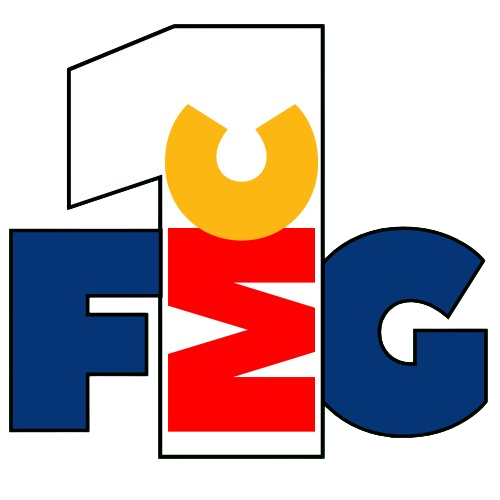BofA Securities Downgrades HUL and Nestlé India Amid Valuation Concerns and Weak Volume Growth
BofA Securities has revised its outlook on two of India’s leading FMCG companies, Hindustan Unilever (HUL) and Nestlé India, citing concerns around premium valuations and sluggish volume recovery. Both stocks have been downgraded to “neutral” with new, lower target prices—₹2,390 per share for HUL and ₹2,660 for Nestlé India.
HUL, currently trading at approximately 53 times FY25E price-to-earnings (PE) and around 42 times FY26E PE, is viewed as overvalued given the company’s limited levers for margin expansion. BofA anticipates subdued performance for its foods and refreshment segment, while home care is likely to face continued headwinds. The brokerage projects a modest 8% profit compound annual growth rate (CAGR) from FY24 to FY26 and a 3% volume CAGR over the same period.
Nestlé India’s valuation is even steeper, trading at 64 times FY25E PE, placing it at the highest among its global peers, many of whom offer more diversified product portfolios. BofA expects profit growth at 11% CAGR from FY24 to FY26, primarily driven by price hikes rather than volume. Key product categories such as instant noodles, chocolates, and milk products are nearing saturation, and premiumization initiatives in infant nutrition remain nascent.
While BofA remains structurally positive on both companies over the long term, short-term profitability metrics and muted volume growth have tempered sentiment. In contrast, stocks such as ITC and GCPL continue to receive a “Buy” rating, with BofA citing strong earnings momentum, richer valuations upside, and strategic category investments.
The brokerage also noted a gradual recovery in rural demand. However, falling food prices, increased liquidity from wage schemes, and base effect tailwinds are expected to have only a modest impact in the near term. Consequently, companies with robust pricing power and diversified category exposure are better positioned to navigate current market conditions.
For FMCG stakeholders, this analysis underscores the importance of balancing price-led growth with real volume expansion in a market where consumer spending patterns remain under pressure. High valuations, unless backed by strong volume-led growth, could leave even blue
